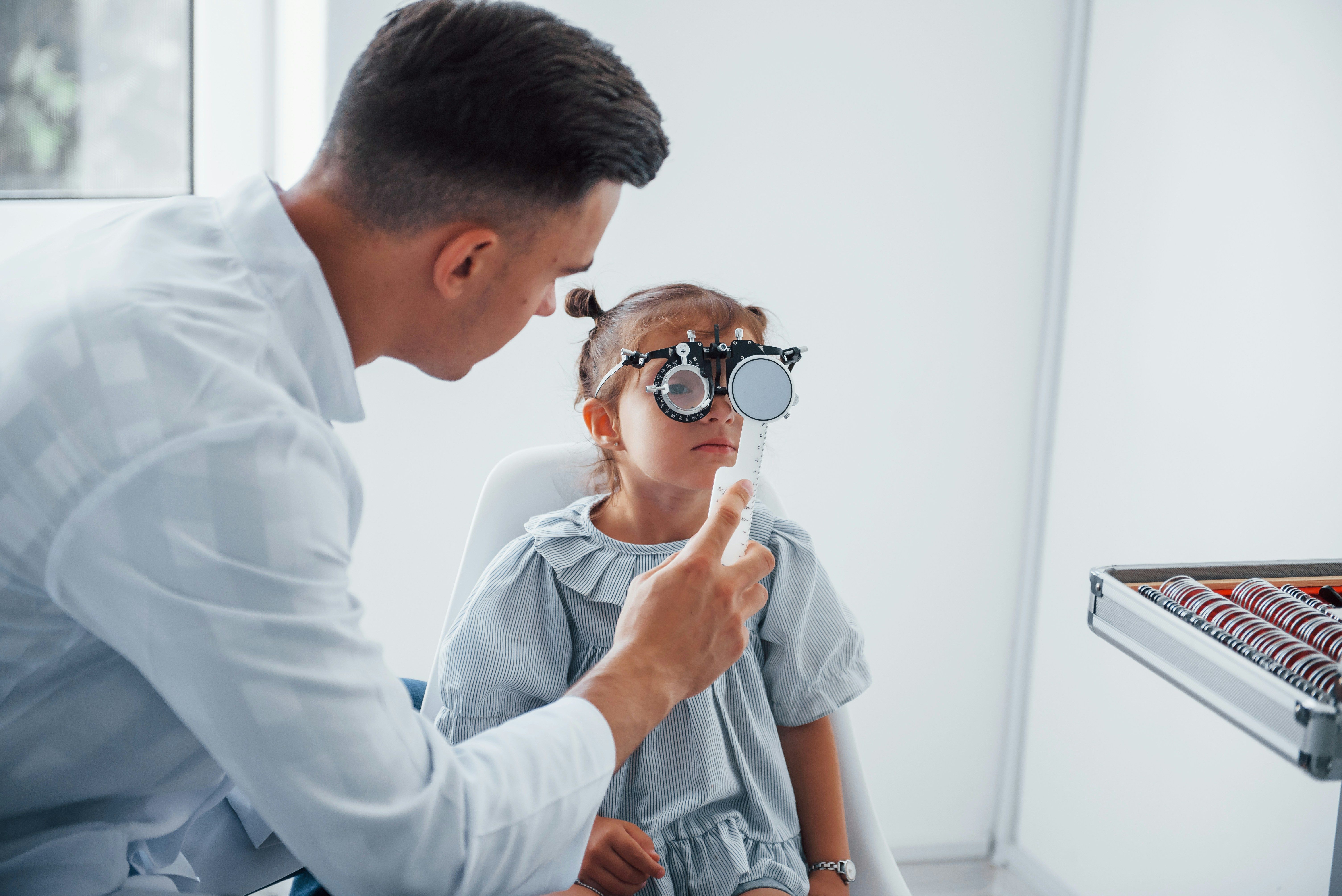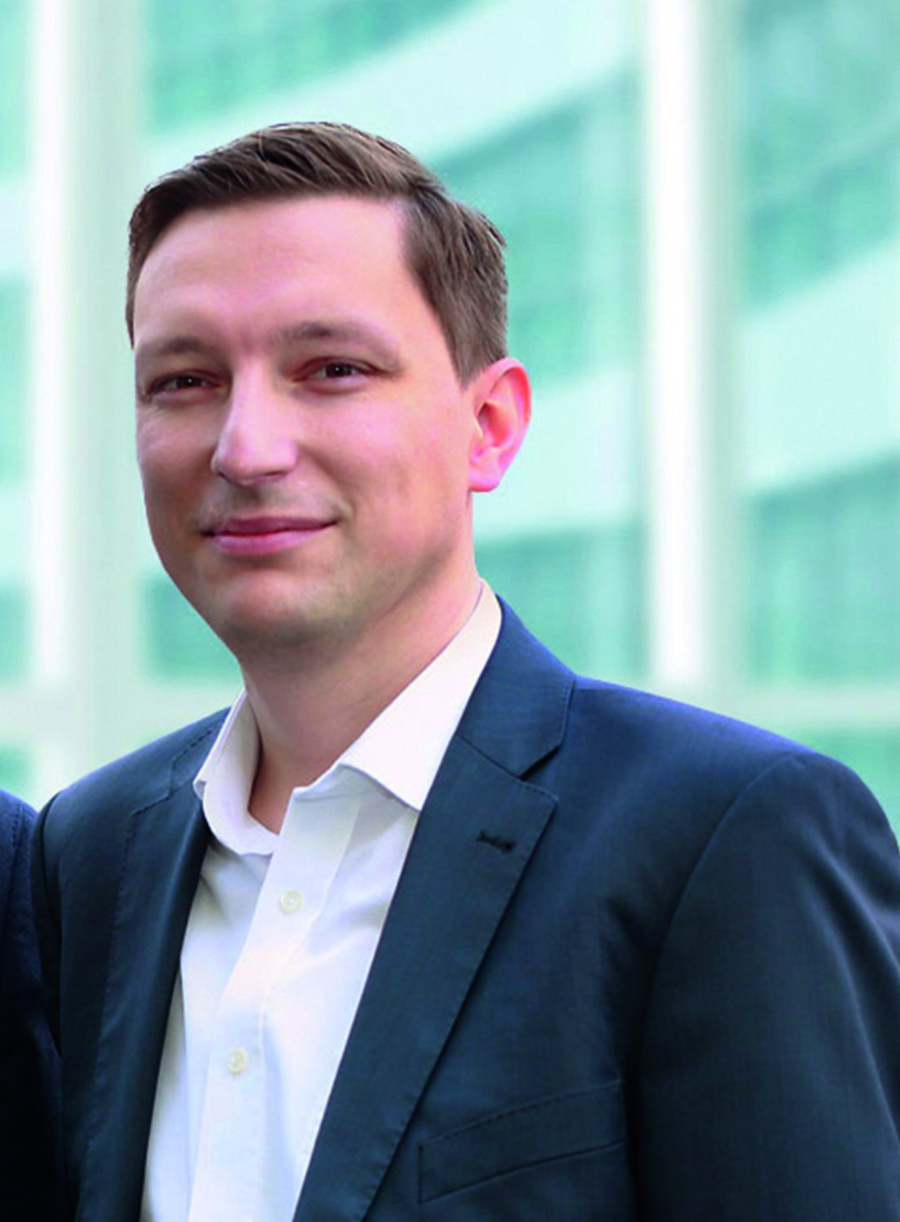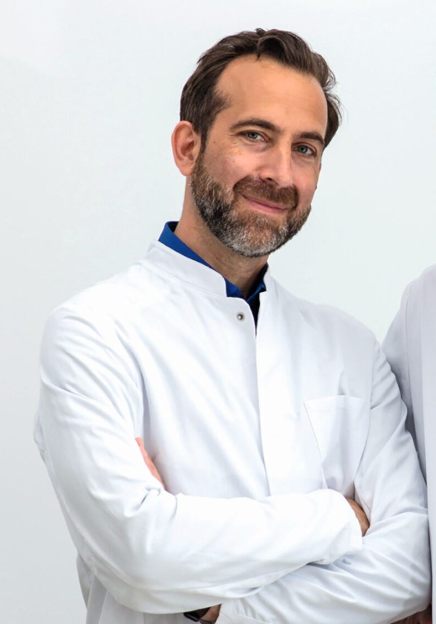Other Treatment Methods

Pediatric ophthalmology
Misalignments of children's eyes are not just a cosmetic problem. The "most dangerous" form of squinting is microstrabismus, which is not visible to the naked eye with just about a 1° squinting angle. All of these misalignments can lead to permanent amblyopia if left untreated. Therefore, we recommend introducing children to an ophthalmologist as part of the recommended preventive examinations. Because only specially trained orthoptists can diagnose even the smallest misalignments.
When should a child see an ophthalmologist?
Since visual ability is only learned in childhood, it is important that misalignments are treated by the age of 7 or before starting school. Possible conservative measures include corrective glasses for visual impairment or patching the better eye for a period determined by the ophthalmologist. If the misalignment does not improve sufficiently, the ophthalmologist can effectively correct the eye position through squint surgery.
For treatment planning, the doctor first measures the eye position and the squint angle. This way, he knows which of the six eye muscles he needs to treat to achieve a symmetrical eye position. Unlike often assumed by laypeople, the ophthalmologist can easily access the eye muscles without needing to alter the eye's integrity.
Procedure of a squint operation
In all strabismus surgeries, the surgeon opens the mucous membrane (so-called conjunctiva) that lies over the muscle, where the muscle attaches to the eyeball. Depending on the eye misalignment, he then shifts or shortens the corresponding muscles. Finally, he closes the conjunctiva with absorbable suture material.
Risks of strabismus surgery
As with all surgeries, there is also a risk of infection here. Reducing the squint angle to exactly 0 degrees is usually not possible, so occasionally a small misalignment remains, which needs to be treated conservatively.
After the operation
A bandage is unnecessary after this procedure. In the first few days after the surgery, children occasionally feel a foreign body sensation as well as slight pain with eye movements. Wound healing is completed at the earliest 4 to 6 weeks after the operation. However, occasional double images can still occur afterwards, as the brain first has to get used to the new eye position.
Experts for this Treatment Method

- Modern Ophthalmology
Dr. Mirka R. Höltzermann
Augenpraxis Dr. Höltzermann, Dr. von Schnakenburg, Augenpraxis Dres. Höltzermann & von Schnakenburg
- Modern Ophthalmology
Dr. med. Ilya Kotomin
Smile Eyes Leipzig
- Modern Ophthalmology
Priv.-Doz. Dr. med. Daniel Pilger
Smile Eyes Berlin
- Modern Ophthalmology
Raphael Neuhann (FEBO)
Opthalmologikum Dr. Neuhann / Augentagesklinik am Marienplatz
- Modern Ophthalmology
Dr. med. Tabitha Neuhann
Opthalmologikum Dr. Neuhann / Augentagesklinik am Marienplatz
- Modern Ophthalmology
Prof. Dr. med. Tanja M. Radsilber
Augenzentrum Prof. Dr. med. Holzer & Prof. Dr. med. RabsilberAll Experts in this Department
Show All
- Modern Ophthalmology
Dr. Mirka R. Höltzermann
Augenpraxis Dr. Höltzermann, Dr. von Schnakenburg, Augenpraxis Dres. Höltzermann & von Schnakenburg
- Modern Ophthalmology
Dr. med. Ilya Kotomin
Smile Eyes Leipzig
- Modern Ophthalmology
Priv.-Doz. Dr. med. Daniel Pilger
Smile Eyes Berlin
- Modern Ophthalmology
Raphael Neuhann (FEBO)
Opthalmologikum Dr. Neuhann / Augentagesklinik am Marienplatz
- Modern Ophthalmology
Dr. med. Tabitha Neuhann
Opthalmologikum Dr. Neuhann / Augentagesklinik am Marienplatz
- Modern Ophthalmology







